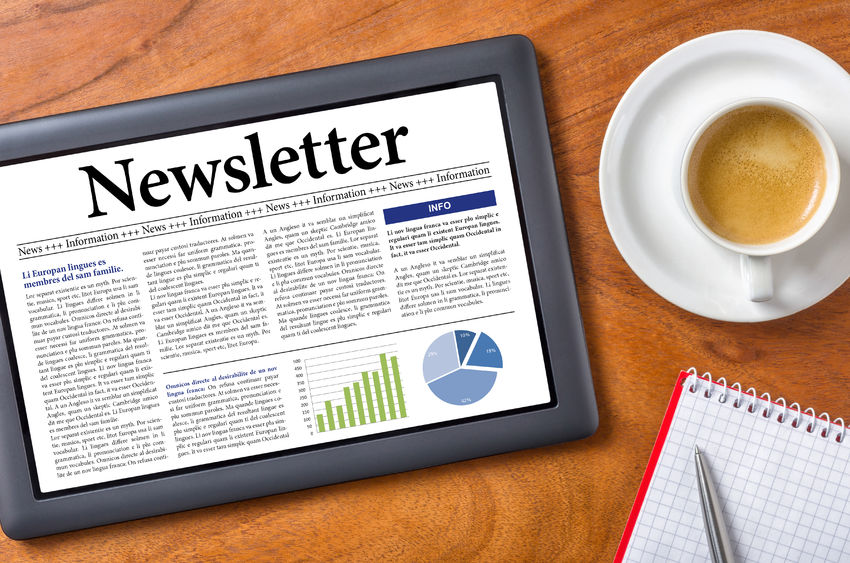
If your social media feed is filled with teasers of clipped articles, think of your e-mail newsletter as a way to dig deeper into those issues.
E-newsletters can be an extension of your online presence, helping to expand your pool of prospects. Just don’t use your newsletters to make a sales pitch, says Adam Schacter, financial advisor with Mandeville Private Client Inc. in Ottawa.
Instead, use your newsletter to cover a range of bread-and-butter issues, such as market movements, personal finance concerns, practical tips or whatever else you decide is relevant and notable for clients, he adds
“It’s very much [about] positioning yourself as a resource,” says Schacter, “rather than telling people why they should go with you as an advisor.”
Schacter shares his approach and the lessons learned from producing a newsletter:
1. Give a behind-the-scenes look
Even if a substantial portion of the newsletter content isn’t original, it should establish a personal tone. You should write at least one piece, says Schacter, and the remaining articles should not read as though they were thoughtlessly copied and pasted.
Each quarterly newsletter Schacter puts together includes recurring features, one of which shares stories about how the firm’s advisors work in the interests of their clients.
“It’s about what [advisors have] done to go above and beyond for an individual,” he says. “Clients never even find out about it [otherwise].”
Without overselling the firm, the newsletter can illuminate how the firm harnesses resources and expertise to help clients when needed. For example, Schacter related the story of how a client asked an advisor at his firm to review her income tax returns. The advisor was then able to address discrepancies that ended up saving the client money — and the hassle of a reassessment.
2. Treat the newsletter as a resource
The newsletter evolves into a trusted source if you consistently provide informative content. In every issue, Schacter pens a piece in the style of an op-ed, in which he puts economic issues into context by offering tips and insights.
He also selects several properly attributed articles that speak to the current economic climate. What may differentiate the newsletter, however, is that the articles tend to have a do-it-yourself bent. It’s for those who might want to craft a financial plan or day trade on the side, he says.
3. Go beyond industry-specific content
The latter part of the newsletter is dedicated to lighter fare, such as health and technology stories Schacter comes across. Give readers something refreshing that can be applied to their life, he says.
In one issue, for example, he sourced online articles that provided tips on how to protect your identity. In another, he ran a piece on fitness tracking and wearables.
4. Create an activity calendar
Schacter closes off the newsletter with a list of several festivals and shows in Ottawa, along with upcoming in-house events and workshops. He makes an effort to feature family-friendly events that appeal to a diversity of interests, from Ottawa Comiccon and a dragon boat festival to a children’s movie night hosted by his firm.
Photo copyright: zerbor/123RF